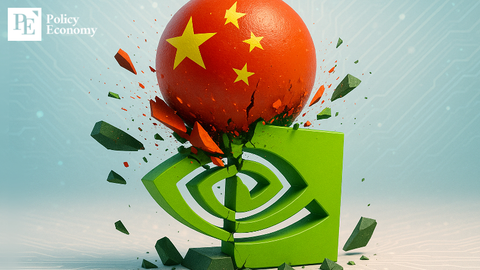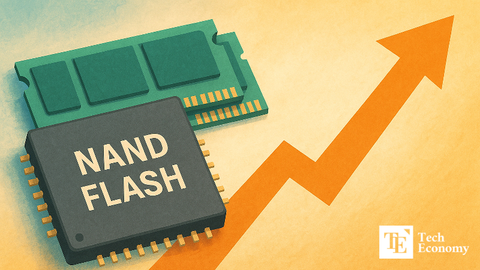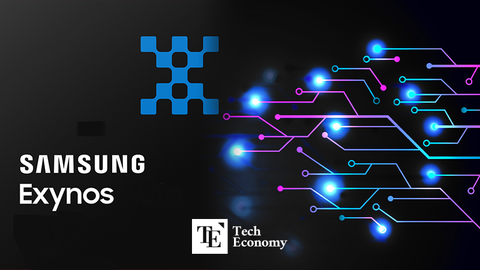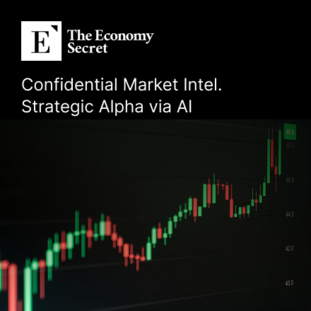“Easing AI Chip Export Restrictions” — The U.S. Shakes Up Diplomatic Landscape with Technology Control Card
Input
Modified
Industry and ‘General Countries’ Express Mounting Discontent Policy Direction Remains the Same, Only the Format Changes Move to Use Export Controls as Strategic Assets
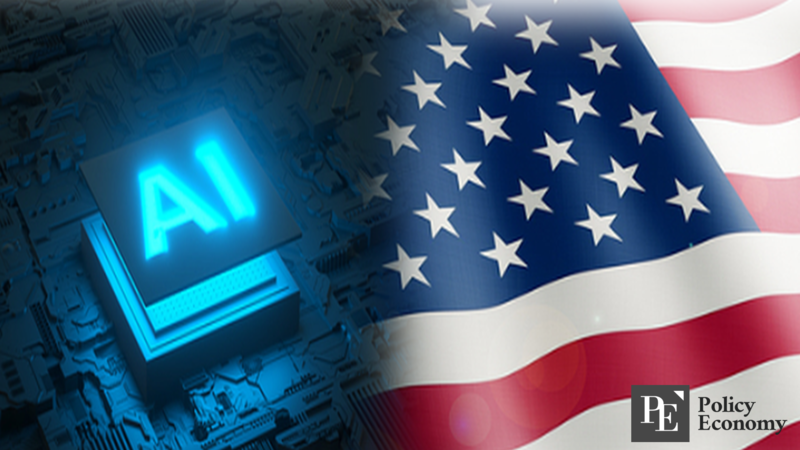
Artificial intelligence is no longer just a matter of technological innovation—it's become a defining force in global diplomacy. The latest policy moves by the United States highlight this shift, as Washington retools its export controls on AI semiconductors. What appears on the surface to be a loosening of restrictions is, in reality, a strategic recalibration. By easing controls for allies while tightening its grip on adversaries like China and Russia, the U.S. is embracing a high-stakes game of diplomatic engineering, using access to its advanced technology as leverage in trade, security, and foreign relations.
An Exit from the Biden-Era Framework: Focus on Allies
The U.S. government has decided to abandon the “Framework for Artificial Intelligence Diffusion,” a regulatory system that had been set to take effect on May 15. This framework, introduced in January during the final stretch of the Biden administration, aimed to block countries like China from accessing U.S. AI technologies through third-party nations while also imposing strict security conditions on allies seeking to collaborate with American tech firms. It divided the world into three distinct categories—trusted allies, general countries, and countries of concern—with corresponding levels of access to American AI chip technology.
Yet mounting criticism quickly followed. The framework was labeled overly bureaucratic and burdensome, even by those within the U.S. government. The Bureau of Industry and Security (BIS), under the Department of Commerce, argued that the regulations hindered American innovation and failed to serve the country’s strategic goals. The Biden-era structure, once intended to fortify national security, was now being dismantled in favor of simpler rules that aim to preserve U.S. leadership in artificial intelligence. The new rules are expected to be publicly released no later than May 14.
This regulatory pivot is unfolding in the lead-up to President Trump’s visit to the Middle East from May 13 to 16. Countries like Saudi Arabia and the United Arab Emirates have repeatedly voiced frustration with the U.S.'s restrictive AI chip policies, especially as they invest heavily in building up their own tech capabilities. Responding to these diplomatic signals, the Trump administration began work on a revamped export control regime. According to Bloomberg, the issue is expected to feature prominently during Trump’s meetings in the region. This policy shift appears tailored not just to satisfy strategic partners but to secure broader geopolitical influence by making AI chip access a privilege of trusted alliances.
Industry Pressures and a Sharpened Targeting Strategy
The growing discontent wasn’t limited to foreign governments. Leading voices in the tech industry also raised red flags about the consequences of an overly rigid export regime. One of the most vocal critics was Jensen Huang, CEO of NVIDIA, who recently warned at the “Knowledge 2025” conference in Las Vegas that strict AI chip export restrictions could backfire. Huang noted that if the U.S. steps back from foreign markets, those markets won’t disappear—they’ll simply be filled by competitors, particularly from China. His remarks, widely interpreted as a veiled reference to Huawei and China’s burgeoning AI ecosystem, stressed the need for the U.S. to maintain its competitive edge through active market engagement rather than withdrawal.
Although Huang emphasized his willingness to cooperate with government policy, he urged the administration to remain nimble and responsive. His concern reflects a broader anxiety within the industry: that the U.S. could cede its global leadership role if it becomes overly cautious. Despite such appeals, the countries currently facing strict restrictions—China, Russia, and their military or strategic allies—remain under the same constraints. The export controls that prevent these nations from acquiring U.S. AI chips and related technologies are still firmly in place.
What has changed is the strategic precision of the policy. While the removal of the tier-based framework gives the appearance of liberalization, the actual result is more accurately described as a sharpening of enforcement. Analysts believe the United States is now pursuing a clearer, more deliberate strategy—one that strengthens alliances through technology partnerships and simultaneously tightens the noose on rivals. This is no longer about simply regulating technology; it’s about turning it into a geopolitical tool. For the Trump administration, this policy shift embodies a doctrine of selective control. Trusted partners will benefit from increased cooperation and supply chain stability, while adversaries will find themselves locked out of the most important technological advances of the coming decade. In this view, AI semiconductors are no longer just economic assets—they are national security instruments and diplomatic currency.
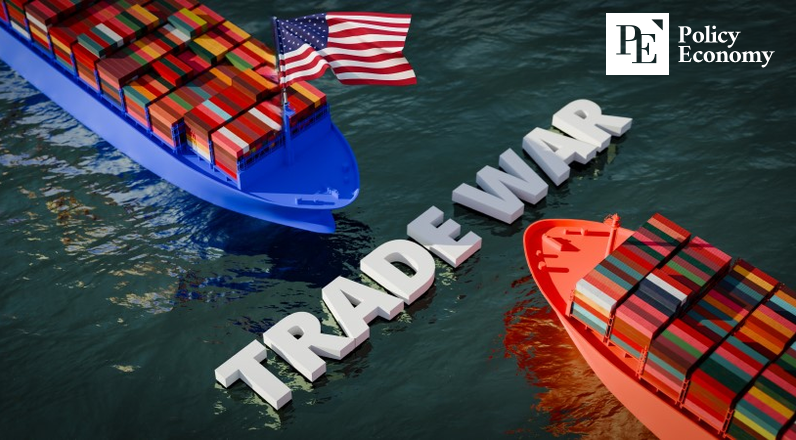
Technology as Leverage in Trade and Foreign Policy
While this new export policy may seem like a response to internal and external criticism, its deeper purpose lies in its use as a trade and diplomatic lever. According to reporting from Reuters, the easing of chip export sanctions is closely tied to the Trump administration’s broader trade strategy. By offering or withholding access to American-made AI chips, the U.S. is equipping itself with a powerful tool for future negotiations. In trade talks, access to these semiconductors could serve as a bargaining chip, allowing the U.S. to steer outcomes in directions that align with its national interests.
This approach also enables the U.S. to tailor its controls to the unique diplomatic and strategic circumstances of each country. It introduces flexibility into a space once governed by rigid categories and static thresholds. However, the policy is not about blanket easing. In fact, in some areas, the Trump administration is preparing to impose stricter rules. Alongside the abandonment of the diffusion framework, officials are reportedly looking to tighten oversight of NVIDIA’s high-performance AI chips, such as the H100. These chips are central to AI training worldwide and are already subject to export notifications when shipments fall below 1,700 units. The new proposal would lower that threshold dramatically to just 500 units, imposing much stricter limits on the volume of chips that can be sent abroad without prior approval.
This dual-track strategy—easing rules for trusted partners while tightening controls on specific technologies—underscores a dramatic transformation in the role of technology in U.S. foreign policy. Where once export controls served primarily as economic regulations, they have now become instruments of international diplomacy. Through this recalibration, the United States is using its technological superiority to not only protect its national security but to design the contours of a global order that favors its leadership.
AI chips are no longer simply products of innovation—they are evolving into strategic weapons. In a world where geopolitical competition is increasingly defined by data, compute power, and algorithmic advantage, the battle over AI semiconductors is not just about markets. It is about shaping the future balance of power itself.





